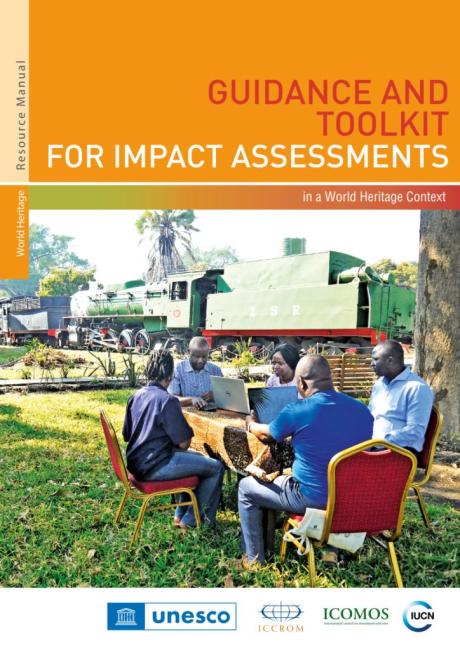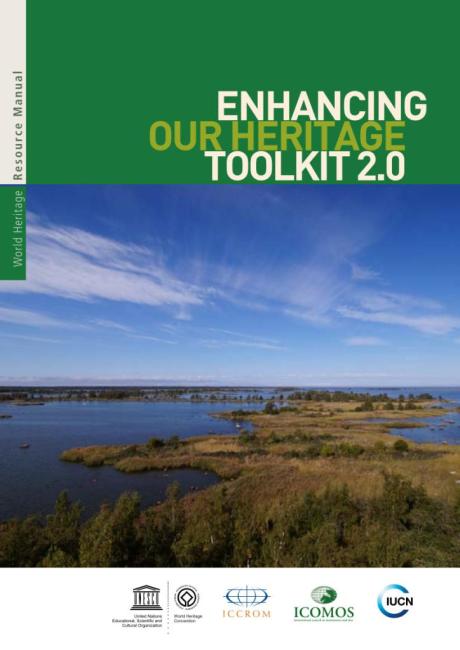What is a management effectiveness assessment?
Management effectiveness assessments help check whether the management system is performing in the best possible way or if adaptations are required – either because of inherent weaknesses or because circumstances have changed over time. The purpose of these assessments is to help all those involved in the management of a heritage place to come together to reflect on the different elements of the management system, thereby providing a feedback process of continuously learning and improving.
Such assessments should, therefore, be incorporated into the management cycle and ideally can help in the preparation of a new or updated management plan. In this way, the findings and recommendations from the assessment can inform future plans, resource allocation and management measures.
World Heritage properties and other heritage places constantly face challenges and threats which require strategic, sustained, and long-term management measures to make sure they maintain their OUV and other heritage values. A management effectiveness assessment is defined as the evaluation of how well a
World Heritage property
A cultural, natural or mixed heritage place inscribed on the World Heritage List and therefore considered to be of OUV for humanity. The responsibility for nominating a property to the World Heritage List falls upon the State(s) Party(ies) where it is located. The World Heritage Committee decides whether a property should be inscribed on the World Heritage List, taking into account the technical recommendations of the Advisory Bodies following rigorous evaluation processes.
When used as a general term, World Heritage refers to all the natural, cultural and mixed properties inscribed on the World Heritage List.
or other heritage place is being managed – primarily, the extent to which the OUV and other heritage values of the property are being maintained and management objectives are being achieved.
An effective management system depends on the type, characteristics and needs of the
World Heritage property
A cultural, natural or mixed heritage place inscribed on the World Heritage List and therefore considered to be of OUV for humanity. The responsibility for nominating a property to the World Heritage List falls upon the State(s) Party(ies) where it is located. The World Heritage Committee decides whether a property should be inscribed on the World Heritage List, taking into account the technical recommendations of the Advisory Bodies following rigorous evaluation processes.
When used as a general term, World Heritage refers to all the natural, cultural and mixed properties inscribed on the World Heritage List.
or other heritage place and its social, economic and environmental context. It is critical to evaluate the management system on a regular basis to ensure that management is effective, to better understand what is and what is not working, and to plan any necessary changes as efficiently as possible. Management effectiveness assessments include an appraisal of whether and how management plans and other planning instruments are being implemented and whether desired outcomes are being achieved. This type of assessment can be particularly important before reviewing or updating plans, so that the findings and recommendations can inform future plans, resource allocation and management measures.
Assessments of management effectiveness have emerged as an important tool for assisting managers and other actors to:
a) understand weaknesses and challenges related to the different elements of a management system;
b) improve the way resources are allocated;
c) plan for the effective management of potential threats and opportunities; and
d) understand whether management measures are achieving management objectives and desired outcomes.
Weak elements in a management system may not be noticed because the managers are used to them or they are offset by the strength of other elements. While it would be unrealistic to expect that every element of a management system is perfect, the goal is to make the best use of the management instruments and processes available, considering the social, cultural, political, economic, and environmental context in which the heritage place is embedded.



